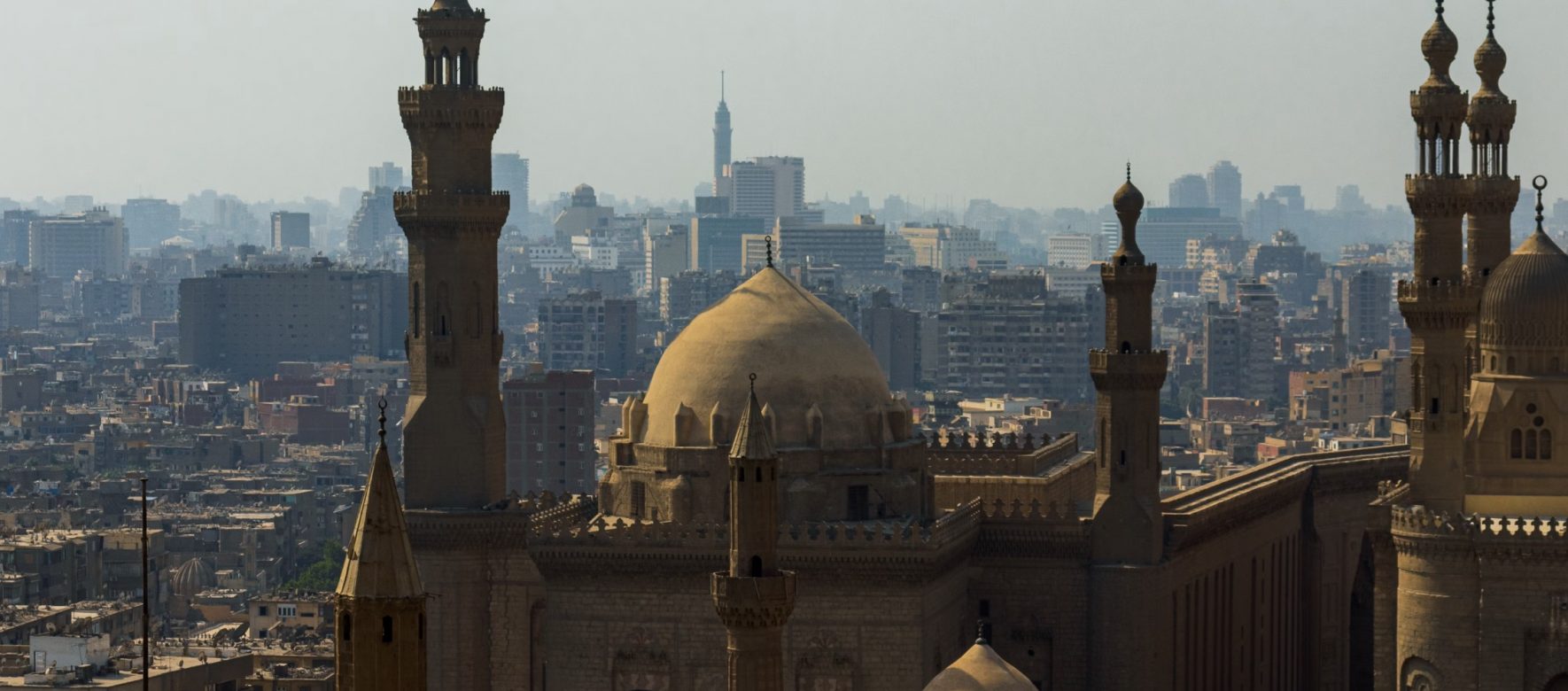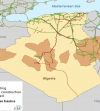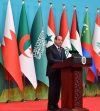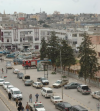Published in 2016 by the Ministry of Planning and Economic Development, and reviewed in 2023, Vision 2030 sets Egypt's course for achieving the sustainable development goals while adapting to its demographic and economic challenges. Defined around ten key pillars, it sets out quantified indicators to guide government policy in various areas.
The country’s demographic expansion was the key determinant at the heart of Vision 2030, which developed integrated solutions to meet this challenge through major infrastructure and housing projects and better management of resources.
The strategy is built around some fifteen “mega projects” encompassing industrial, energy and transport initiatives that are also aimed at attracting foreign investment.
Between 2016 and 2019, Egypt has embarked on major national transport projects that would have represented a total investment of EGP 143 billion (€8 billion at the average rate over the period), offering considerable opportunities for foreign companies. In addition to the expansion of the road network, other key initiatives are underway to provide better national connectivity and electrify the network: a Chinese-built Light Rail Transit (LRT) operated by RATP Dev, the monorail (Alstom UK) and three high-speed lines (Siemens) under development. The Cairo metro network continues to expand.
Line 3, inaugurated in 2012 and operated by RATP Dev since 2020, was extended in phases 3B and 3C during the first half of 2024. Another key project of Vision 2030, the widening and construction of a new lane in the Suez Canal, has increased the capacity of the canal to receive ships and resolved congestion problems.
The new administrative capital, a central mega-project initiated by President Sissi at an initial cost of USD 58 billion, has been delayed by Covid-19, but also by an over-ambitious initial schedule. According to the World Bank, total investment in the country reached 2.4% of GDP in 2022, in line with the target of 2.5% of GDP by 2025.
However, the objectives and performance indicators described in the vision were drawn up before the major external shocks of the early 2020s (Covid-2019, the war in Ukraine, the Israel-Hamas conflict), which had a severe impact on the economy and budget revenues.
This forced the government to reassess its priorities, leading to a delay in the completion of projects, which was exacerbated by the freeze on all new foreign currency borrowing between February and June 2024, the end of the fiscal year. Nevertheless, President Sissi, who was re-elected in December 2023, has revised the government’s objectives upwards.
The new growth project will be partly based on the energy sector (target of 25% of GDP in 2030, compared with 13% today), with Egypt aiming to develop its renewable energy sector (42% of the electricity mix in 2030) and also to double its hydrocarbon and electricity exports (new interconnections with Saudi Arabia and, in the longer term, with Europe, to double its exports to 1.5 GW/day by 2030).
These objectives seem particularly audacious at a time when Egypt has seen its gas production collapse over the past two years, reaching its lowest level since 2017 and causing severe pressure on the network, as well as daily load shedding since the summer of 2023.
Source: French Embassy in Cairo








Réagissez à cet article